Health District Planning
Design is a public health intervention.


Design is a public health intervention.

its heart, health district planning is about creating vibrant places that support healing, healthy work and healthy living.
Health district planning is the future of healthcare. We build on health systems' growing commitment to impact the social determinants of health that affect the communities they serve.
Social Determinants of Health: the conditions in the environments where people are born, live, learn, work, play, and age that affect a wide range of health and quality-of-life outcomes.

nj Cultivating trust and channels of communication between healthcare institutions and communities
nj Addressing real or perceived impacts of health campus operations and growth on surrounding neighborhood
nj Fostering funding for public infrastructure investments that improve hospital operations and quality of life in surrounding communities
nj Enhancing talent recruitment and retainment efforts through physical and programmatic improvements to campus environments
nj Coordinating collective action to address complex community needs
nj Targeting community-based factors to reduce prevalence of preventable health conditions

nj Stakeholder and public engagement strategy planning and execution
nj Community needs and perspectives research and analysis
nj Urban planning and zoning advisory for healthcare master plans and projects
nj Joint master plans for health campuses and surrounding neighborhoods or districts
nj Healthy built environment analysis and healthy community design
nj Healthcare real estate portfolio analysis and development feasibility studies
nj Strategic partnership building for collaborative impact
nj Communication and branding strategies Our Toolkit of Solutions

Our process is the foundation of your success.

Meaningful, inclusive engagement builds shared, implementable visions.
Interdisciplinary, diverse teams addresses unique local challenges.
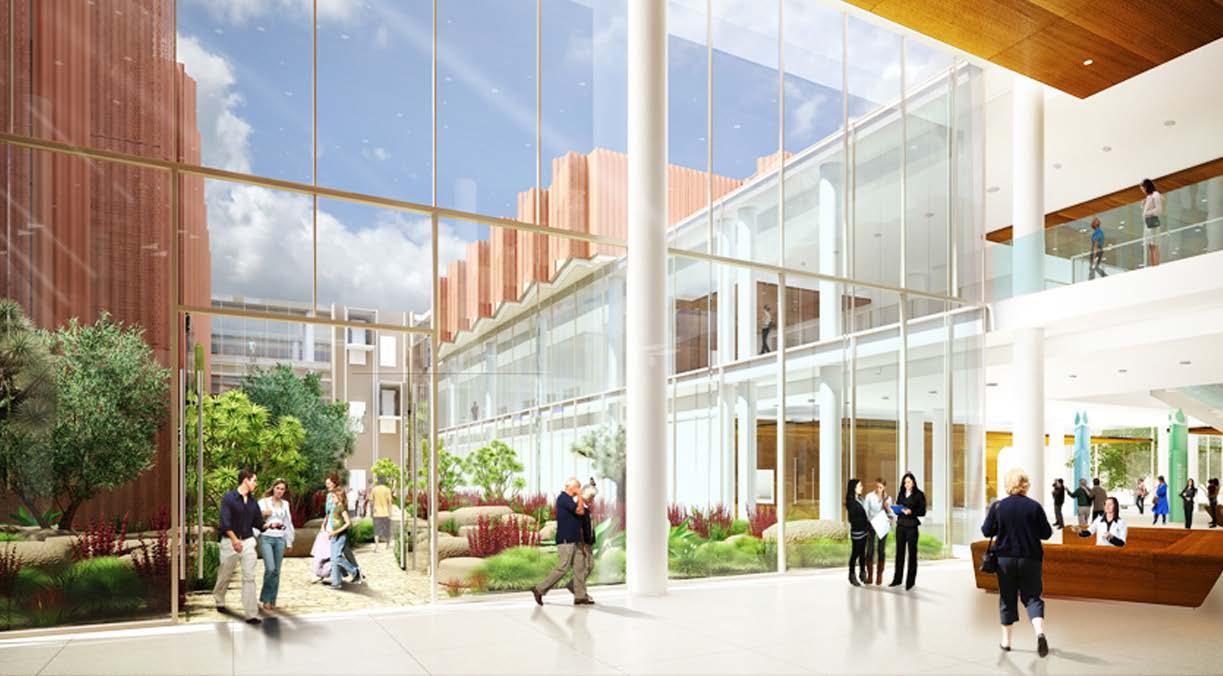
We build a customized toolkit of solutions to address the challenges and context of each healthcare campus, employing methodologies and best practices from public health, community planning, urban design, and strategic planning into healthcare master plans and health district plans.
This shared vision enables us to align institutional and community needs, identifying opportunities for shared benefit. In turn, our approach helps bring new partners to the table for implementation.
We design memorable places where community is built around shared amenities and experiences.
As health systems seek to manage population health, the design focus shifts beyond the walls of facilities and the boundaries of campuses. Place is powerful; design has the ability to impact behaviors and health outcomes. Participatory planning, long-term visioning, zoning ordinances, development guidelines, streetscape design, placemaking and public realm activation, and transportation planning are needed to guide health systems' and their partners' investments in the built environment. Opportunities to achieve greater sustainability, resilience, accessibility, and equity are brought to the forefront.



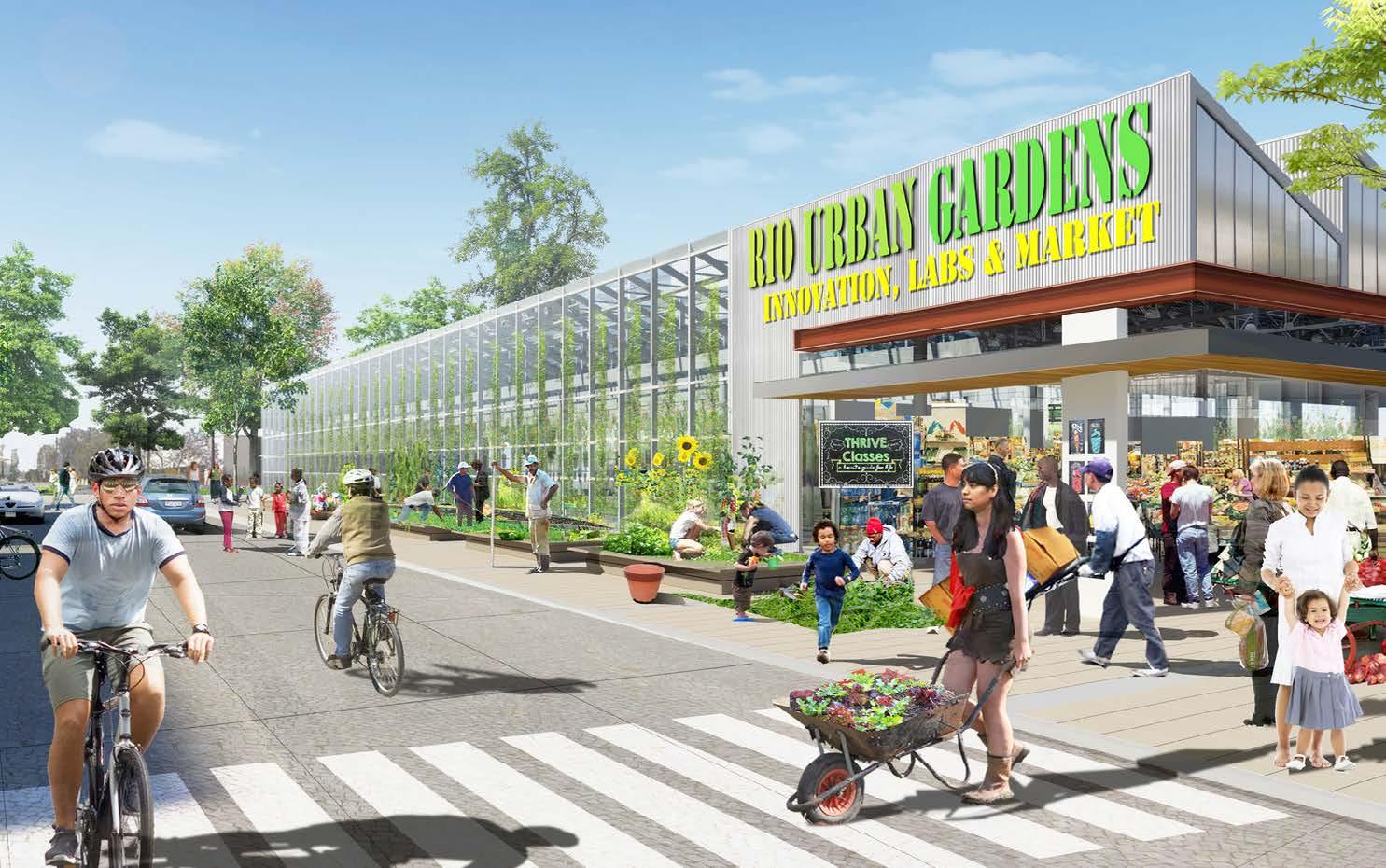

For us, healthy built environment design is as much about placemaking as it is about placekeeping.
Placekeeping: an equity-driven design practice that amplifies the historical, social, and cultural aspects of a place in collaboration with its current community.
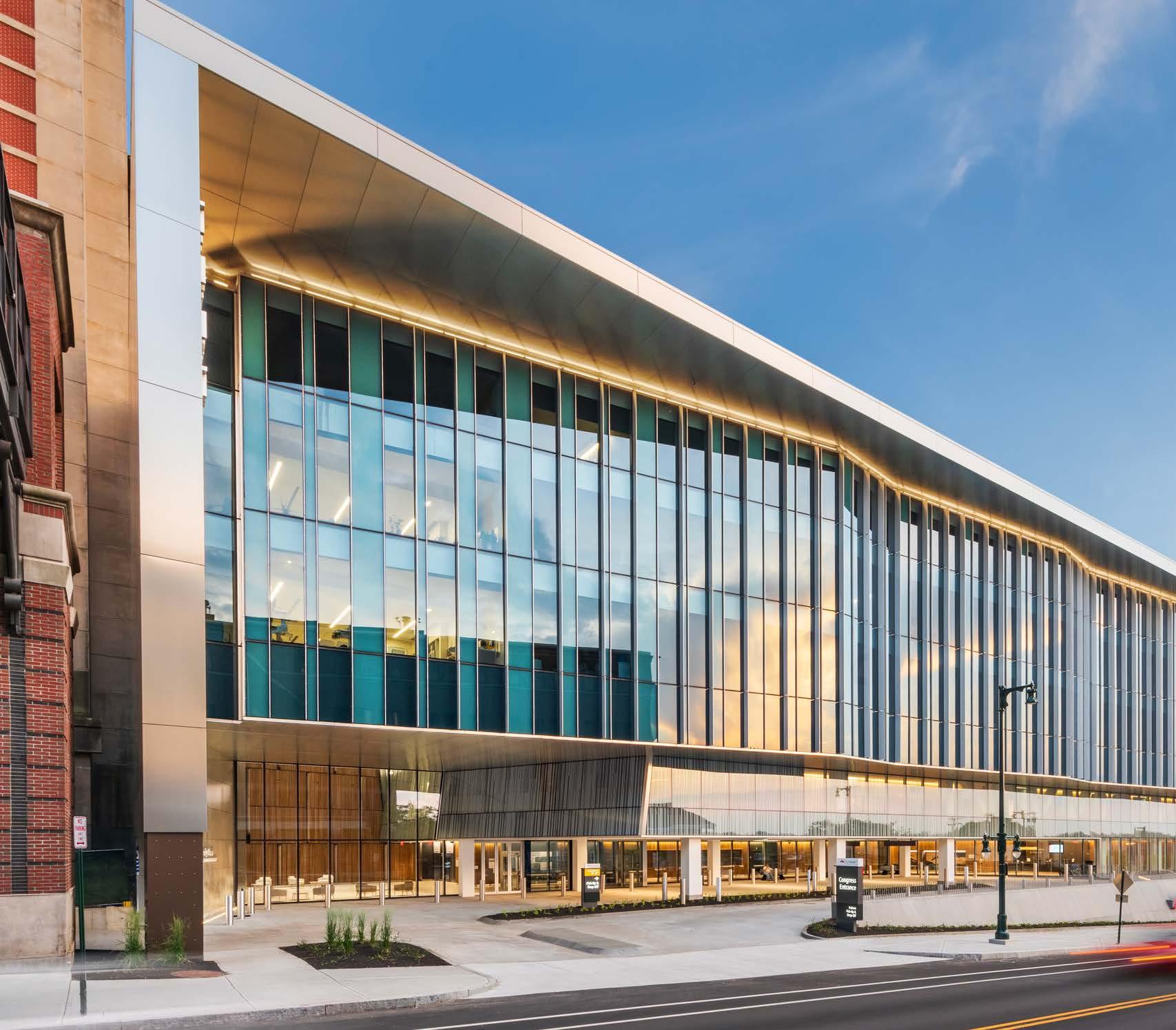


Zoning Ordinance for Maine Health's flagship campus, enabling a much-needed campus modernization project to move forward.
The new hospital pavilion replaces an aging employee garage, providing a pedestrian-oriented entrance into the hospital complex while also acting as a gateway into Portland's main street. The customized zoning envelope provides predictability for neighbors while enabling by-right growth of the hospital within its bounds for decades to come. Our inclusive planning process helped identify a location for the new staff garage that meets hospital needs while also addressing neighborhood concerns.
Form-based zoning envelope protects historic neighborhoods while enabling hospital flexibility to grow.
The Malone Family Tower is transforming Maine Medical's section of Congress Street into a more walkable and safe place.
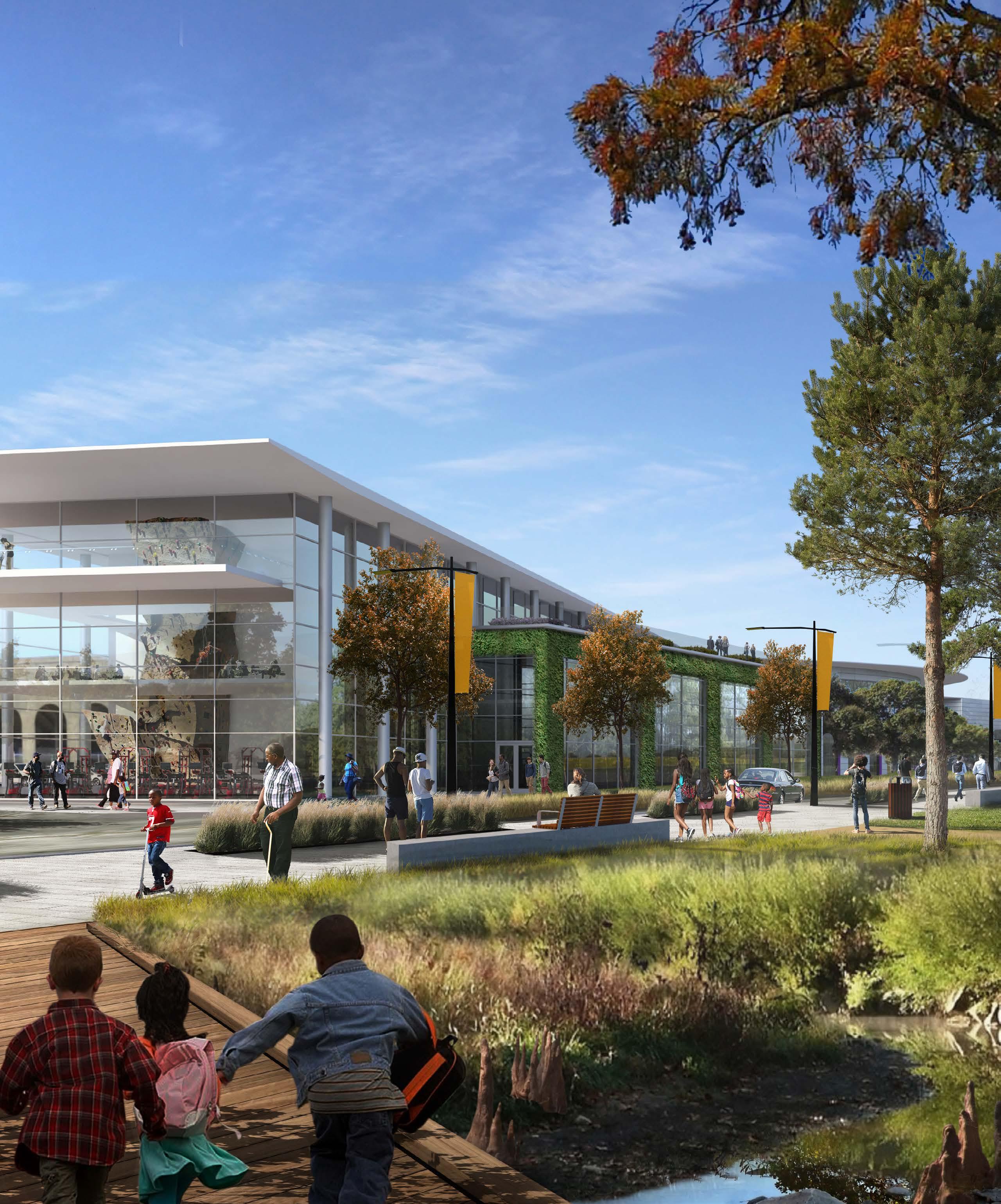
We employ evidence-based strategies to create timeless places accessible to all.

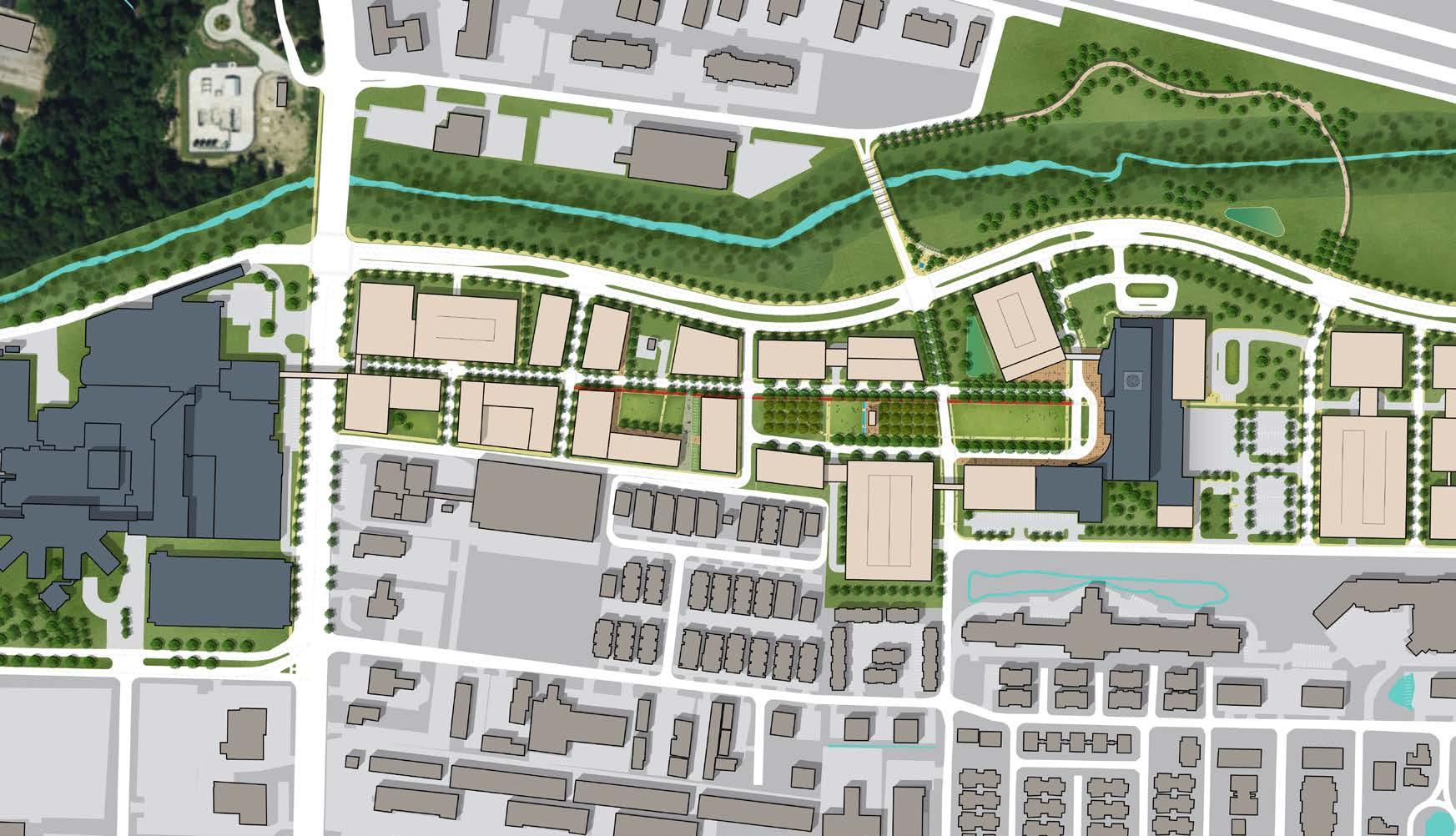
Our Lady of the Lake Children's Hospital Campus Master Plan
Baton Rouge, Louisiana
A car-centered children's hospital campus is transforming into a walkable district that supports community uses and spaces for staff and families with children. The long-term vision achieves the highest and best use of campus real estate, accommodating phased growth of the hospital, five blocks for private development and shared parking. The plan is centered on a signature park and tree-lined avenue that links the Children's Hospital to the health system's flagship campus to the west. A one-mile nature loop supports engagement and education on healthy habits and urban farming, through linking city trail networks with nearby museums and gardens.
The campus design reflects the hospital's goals of ensuring universal and equitable access to all in the community, from children to the elderly
↑
A tree-lined “Children’s Avenue” provides much-desired pedestrian connection and community amenities between hospitals.
←
The plan provides guidance for natural landscapes, bike trails, mixed-use development, and branded wayfinding signage.
We focus on healthy design that targets social determinants of health, with a focus on equity and inclusion.
As healthcare systems evolve to manage population health, database platforms and tools can graphically display population health metrics. Specific health outcomes can be mapped and correlated with demographic data and physical features of a community. Holistic analysis of health issues prevalent in a community allows for the development of policies, programs, and development projects to address the factors that contribute to them. Our engagement process helps identify partners to collaborate in the creation and implementation of community-based solutions.
a district that supports...

Social Cohesion and Sense of Community
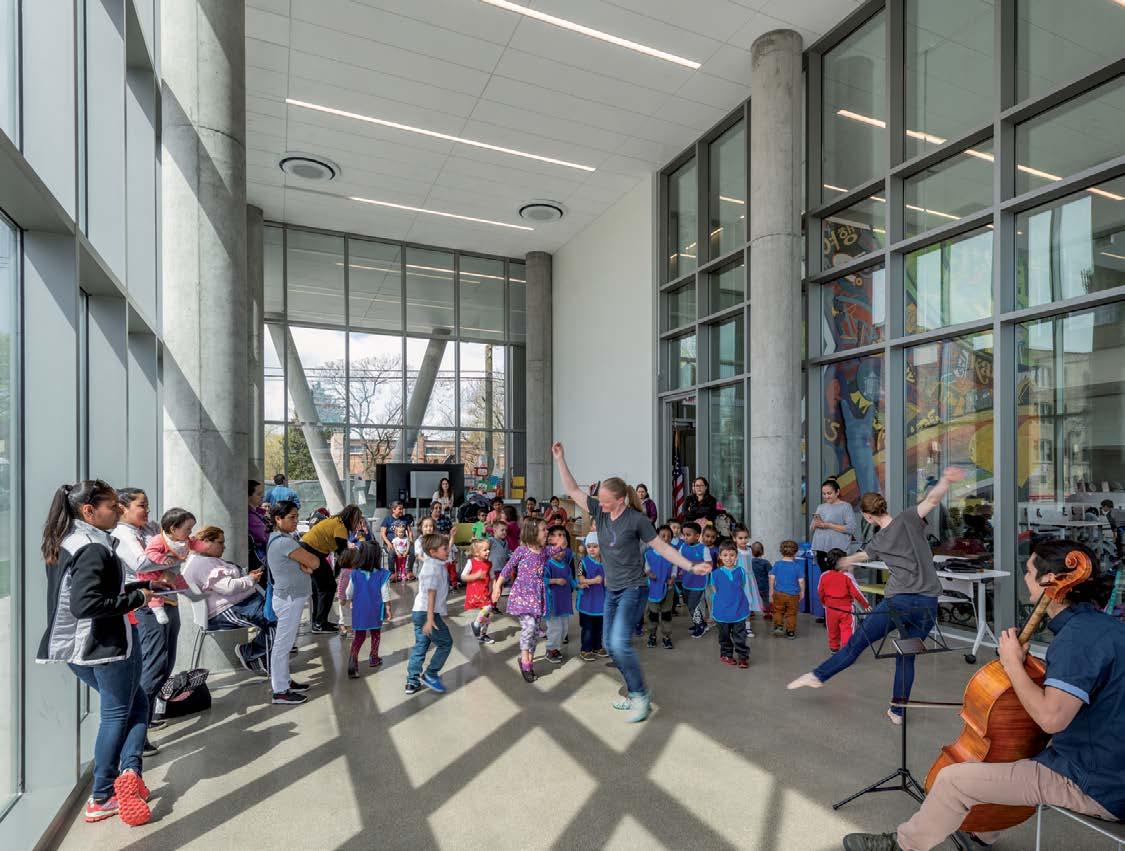

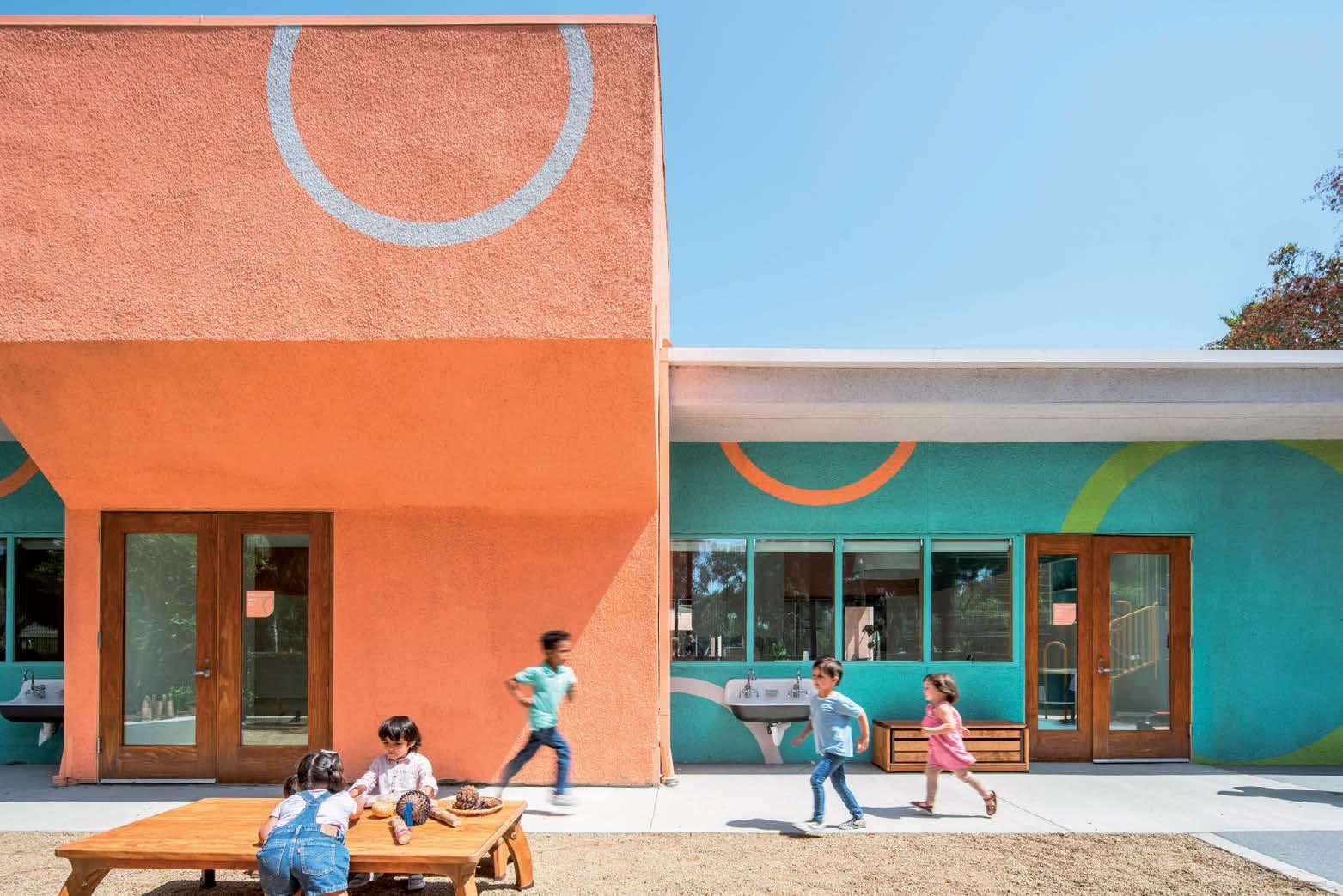


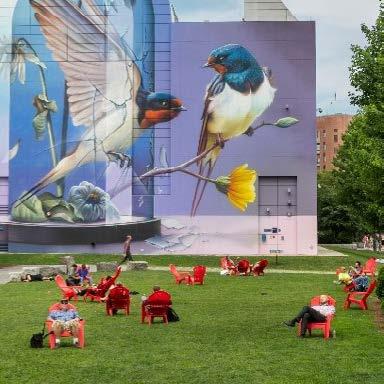




"The team tackled
an immensely complex project to produce thoughtful and innovative concepts, based on a commitment to the wants and needs of the local communities and IU Health’s vision to make Indiana among the healthiest states in the nation."
― TORY CASTOR, IU HEALTH, SVP OF GOVERNMENT & EXTERNAL AFFAIRS
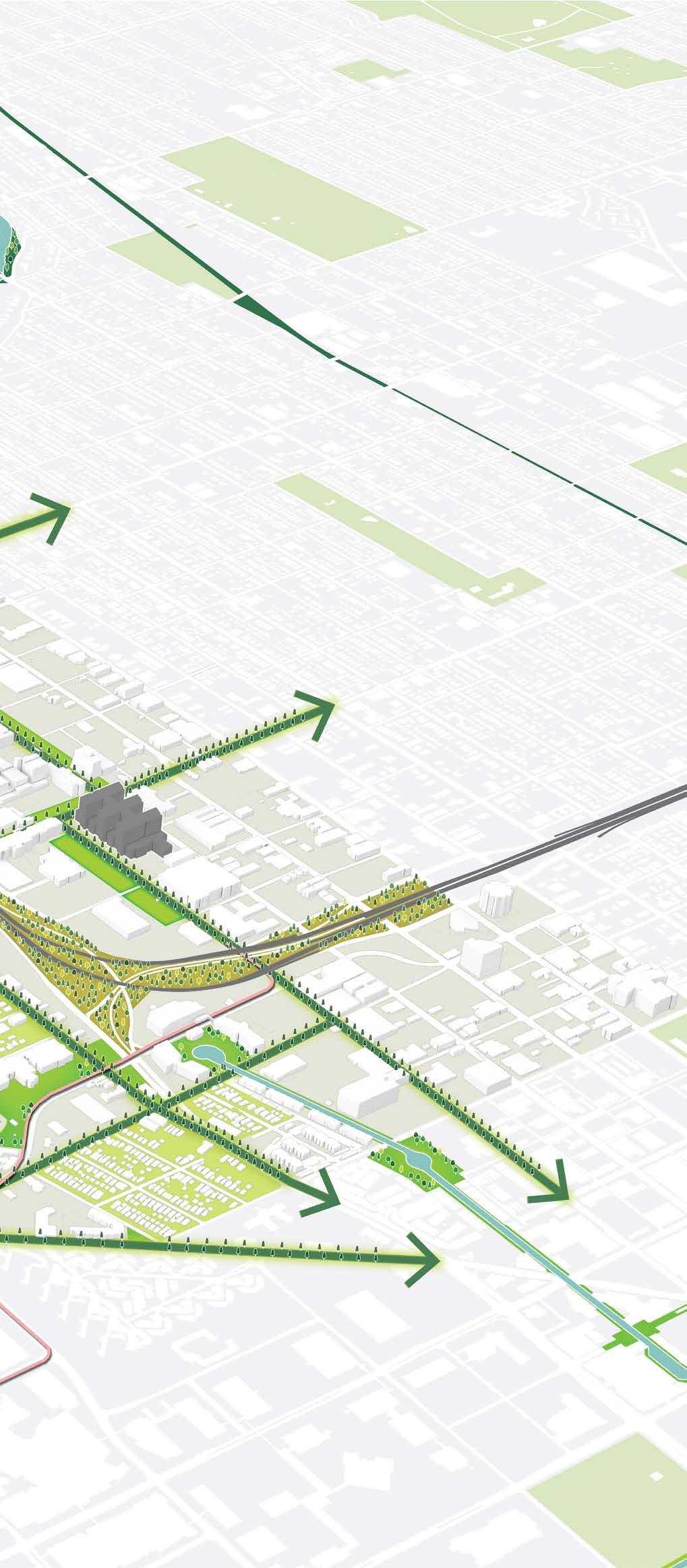

Indianapolis, Indiana TARGETING POPULATION HEALTH ―
For Indy Health District, a non-profit established by IU Health with institutional partners to address health inequity in historically disadvantaged neighborhoods around their flagship campus, map-based surveys quantified community health needs such as personal safety, access to parks and green space, walkability, and healthy food access. The survey results provided actionable feedback and guided the creation of a multi-dimensional "Healing Framework", identifying key landscape, transportation, and development interventions to support healthy lifestyles and remove barriers to access.
Heatmap analysis of map-based survey highlights opportunities for investing in most utilized yet under-resourced parks.
Through design, we unite organizations' shared purposes and advance commitments to community healthcare.



Los Angeles California ↑
Realized through careful planning strategies, this expanded pavilion is posed to bring true equity and wellness to the historically disenfranchised community of Watts. This facility represents the merger of two independent occupants—the existing Counseling and Learning Center and Kaiser Permanente Downey Medical Center—united by their common purpose to bring whole-person care services. We created a program that supports expanded medical services, increased educational resources, broadened mental health support and enriched public engagement opportunities. Part of the larger "Watts Reimagined" vision, the center aims to revitalize the community's civic core through a new public plaza, connection to the existing Ted Watkins Park, and link to the Council District 15.
A connected preschool space provides early education and childcare resources for the community. ←
The plaza supports local farmers markets, job fairs and holiday celebrations. The mural wall highlights food as a common language that historically unified the community.
We
match tools and evidence-based metrics to your population health goals to ensure impact.
We can't improve what we can't measure. Whether it's tracking a long term goal, like improving average life expectancy in target zip codes, or a short-term target like increasing percentage of streets with accessible sidewalks, we identify and track key metrics as projects advance from planning into implementation.
Our platforms illuminate and analyze key built environment and demographic metrics that impact health outcomes in target communities. Data visualization through GIS and Power BI informs decision making and our design strategies.
Public Repository to
Design Equity (PRECEDE) is our open-source dashboard that integrates and translates public health data, previously found silo in multiple locations, into one consolidated location. By leveraging several databases—such as the U.S. Centers for Disease Control, the Environmental Protection Agency, the U.S. Census Bureau, and others—PRECEDE enables understanding of site-specific health considerations and development of health-responsive design.
Explore the tool here.
Learn Educational resources help all understand how public health factors can influence community health and well-being.
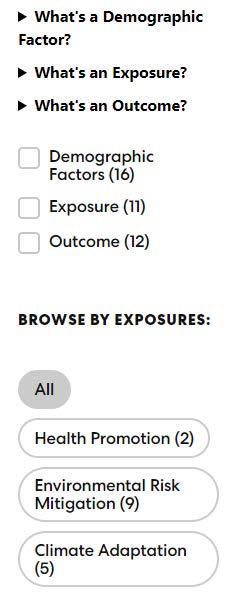

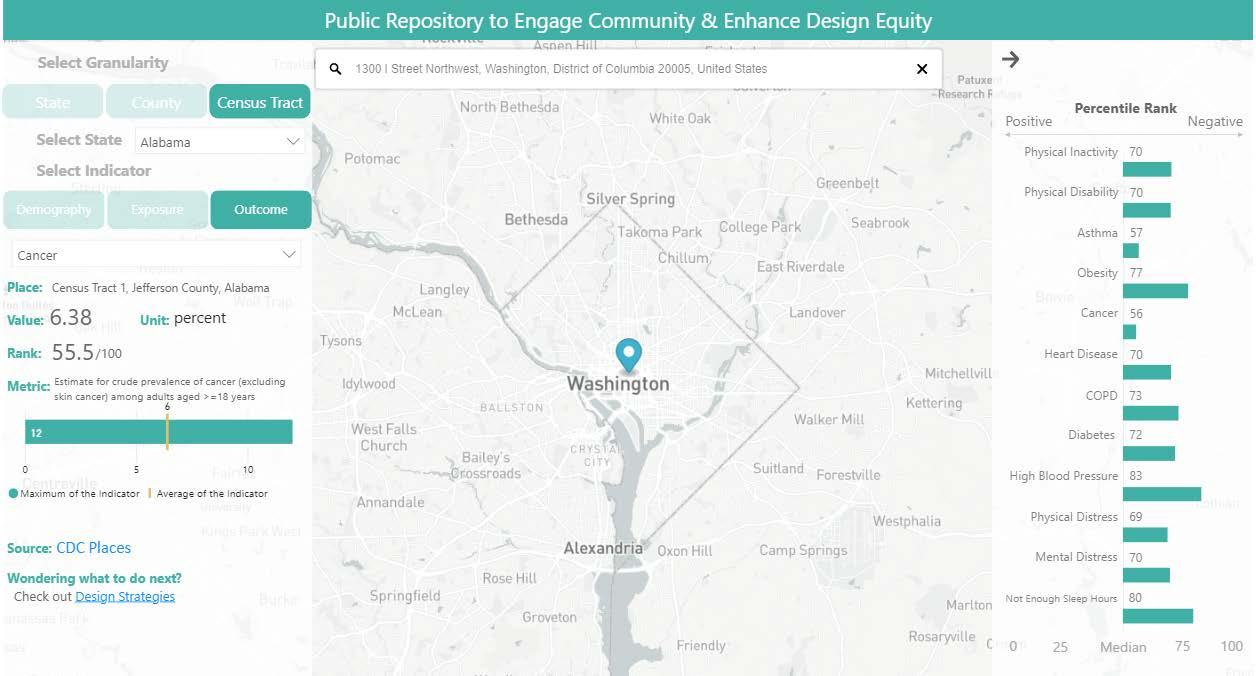
Consolidated data illuminates specific health indicators, such as asthma, cancer, air quality, and more, by region, district, or neighborhood.
Act Research-backed guidance matches health indicators with design strategies that can improve health outcomes.

Our customized data visualization tools help build trust and ensure accountability to communities served.
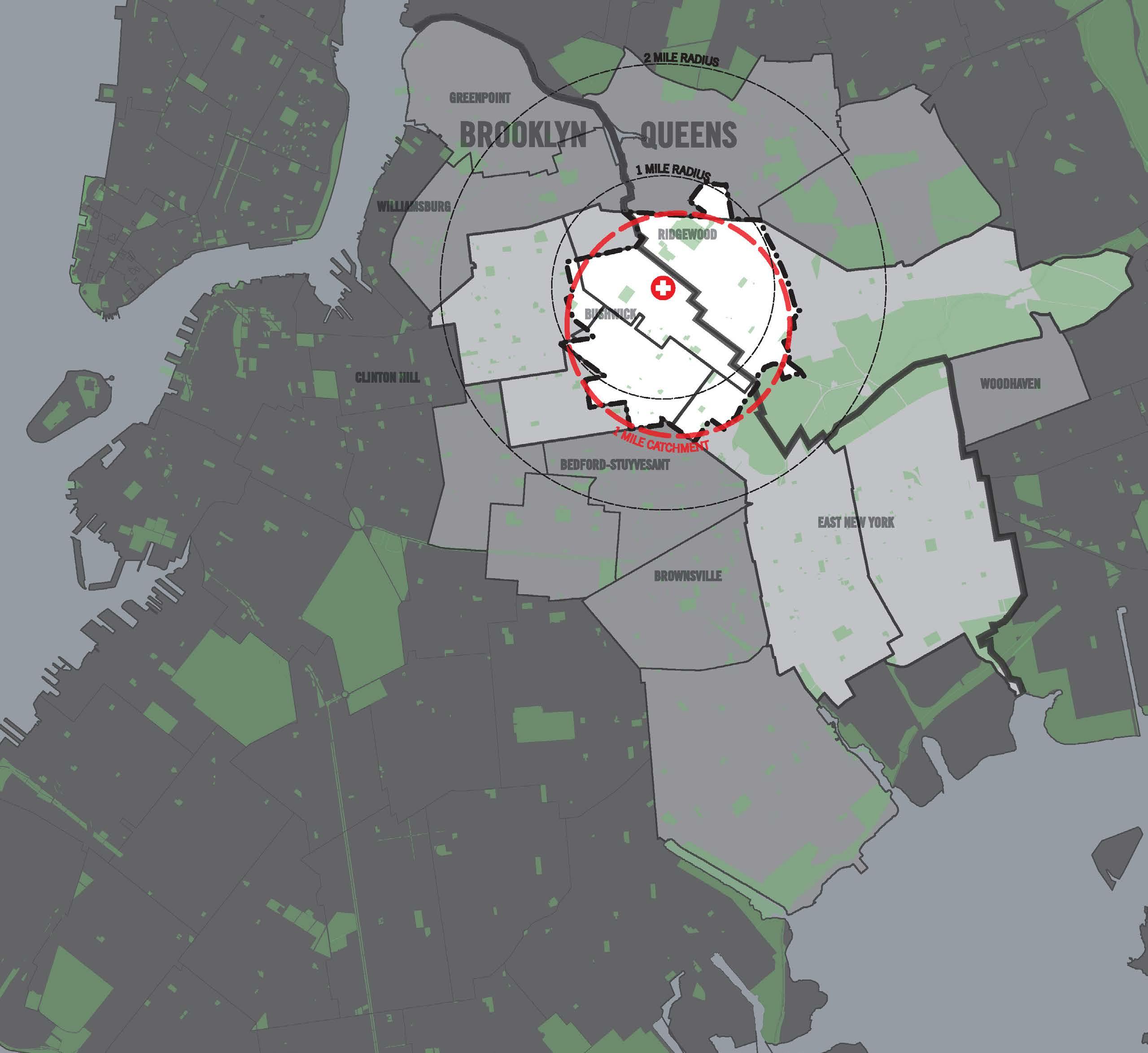


Heat Map Community Partners
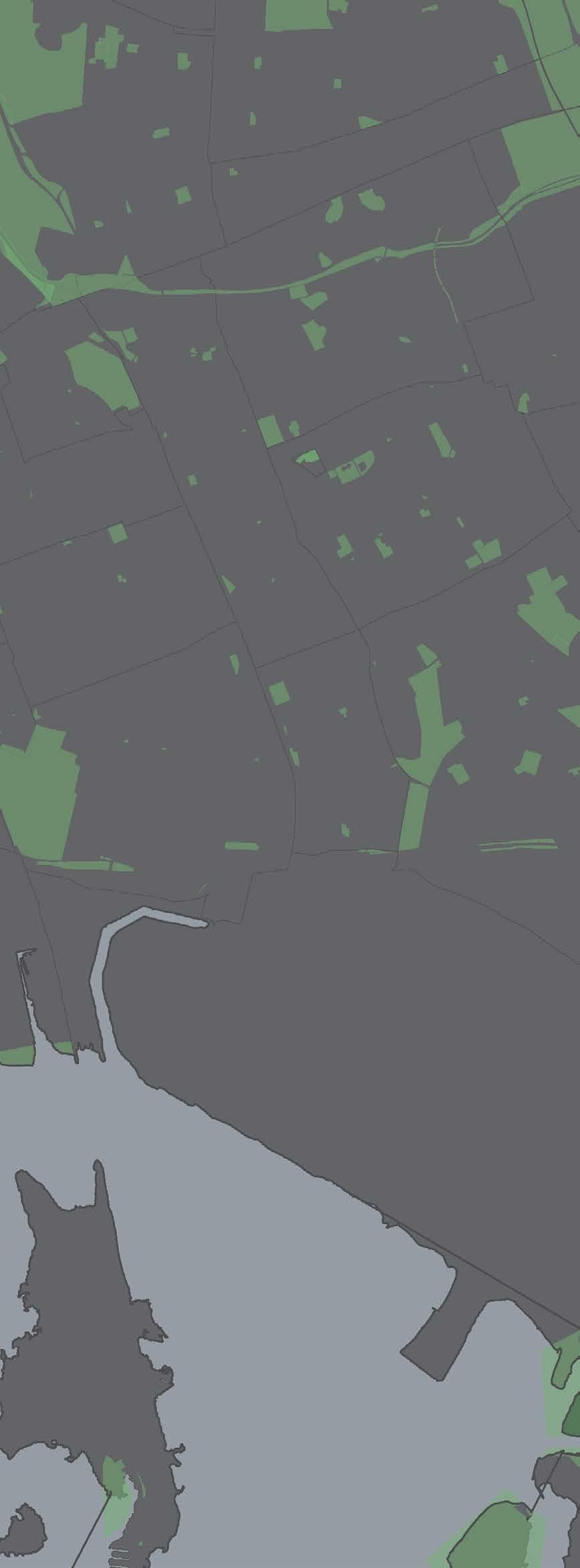

Wyckoff Heights Medical Center Health Improvement District
Brooklyn & Queens, New York
Wyckoff is leading the formation of a Health Improvement District to improve the health issues effecting the population of this atrisk neighborhood. Health record data was mapped in detail to identify hot spots of poor health and develop evidence based strategies to address them. By continuously measuring health factors, the effectiveness of population health improvement strategies can be tracked over time. This data critically informs Wyckoff's transformation from an inpatient-focused hospital into a truly integrated health center surrounded by neighborhood primary care centers and outreach and education facilities.
↑
By improving its interface with the surrounding community, Wyckoff’s campus becomes a health home that is welcoming to all.
Mapping of health data informs partnerships and utilization of community resources.
We help our clients engage the right partners at the right time to
harness community resources.
Our engagement- and data-centered process builds coalitions between healthcare institutions and community and government partners. We highlight shared goals and needs, helping facilitate difficult conversations to address points of conflict. The result is a foundation of trust that leads to collaborative impact.


←↖ Stakeholder and Executive Leadership Partner Workshops
Strategic alignment of partners around shared goals is a key part of our implementation success.



Baton Rouge, Louisiana
Much of Baton Rouge’s healthcare economy is concentrated along an unofficial medical corridor. Without an organizing plan, the suburban area has grown quickly, resulting detrimental traffic congestion. Our master planning efforts coordinated to the formation of a district governance entity - a coalition to guide land-use coordination and transportation investment decisions.
A key implementation project of the coalition is the "Health Loop", a creekside trail that links the hospital campuses and nearby neighborhoods to nature. The public investments secured by the master plan have attracted private development to the District, advancing its transformation into a healthier place to heal, work, and live.
Hospitals, large clinics and academic research centers are the physical anchors and the governance body of the Health District.
The Health Loop concept transforms a derelict stormwater channel into a naturalized stream with trails connecting hospitals in the District.
Health District Planning can...
• Identify ways to ensure your investments improve community health.
• Build partnerships to fund projects and launch initiatives.
• Employ best practices in placemaking and inclusive engagement.
• Enable hospital projects to go forward with neighborhood and government support.
• Create community-integrated, vibrant and welcoming campuses.
